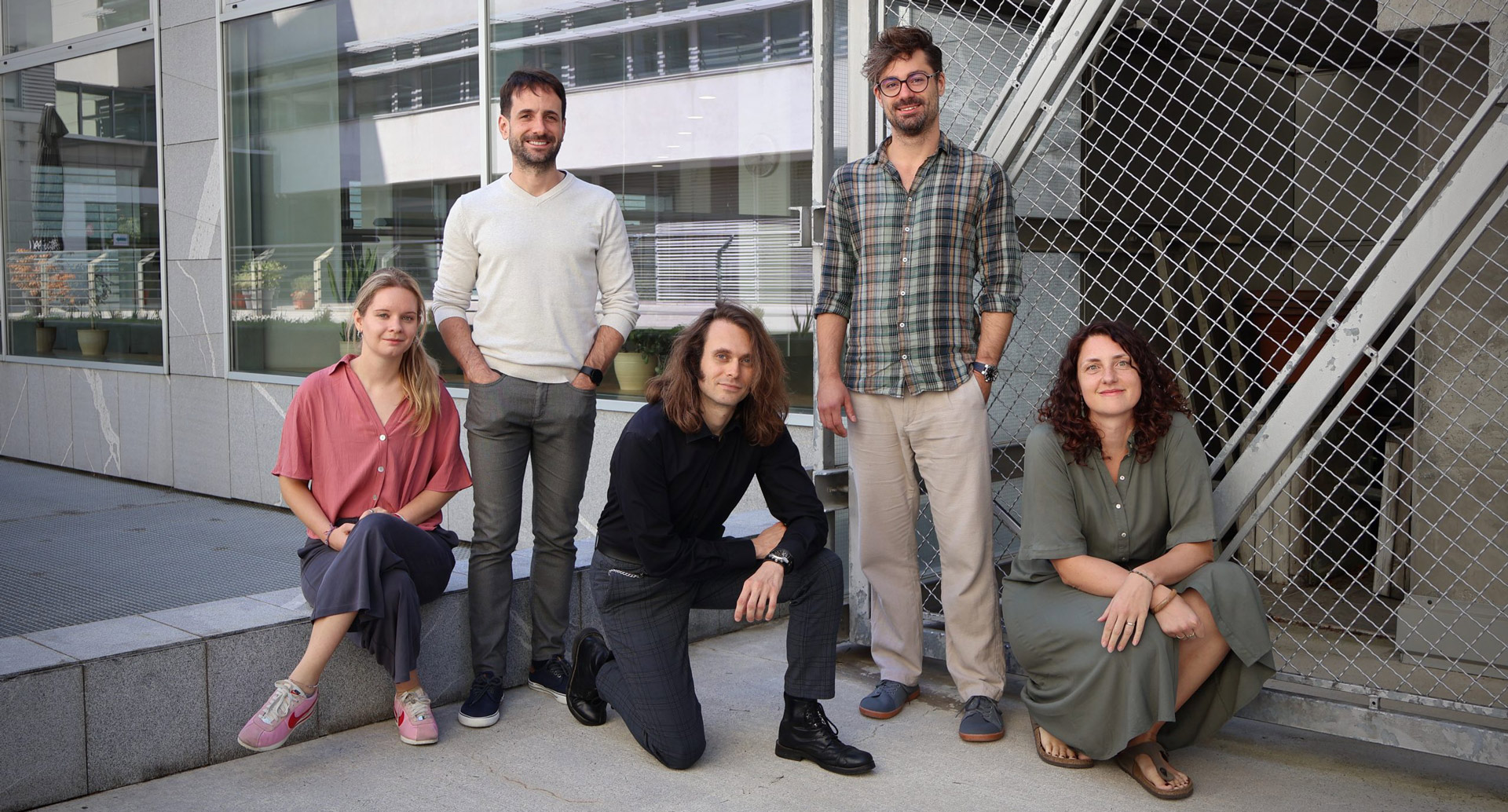The Sentrix webpage is designed to be more than just a project site, it aims to become a hub for people thinking about sentencing: about how it’s done, what shapes it, and what happens when we try to study it. Sentencing is a moment, but also a process; a legal decision, but also a social act; a reflection of values, but also of institutions, histories, and habits.
Through Sentrix, we are building a space where these dimensions can be seen together: where research, reflection, and imagination meet. We study sentencing not as a fixed rulebook, but as a living environment shaped by law, psychology, culture, and context. The goal is to understand how sentencing decisions are made, what influences them, and how those influences interact, often in ways that are subtle, emotional, or hidden.
As the project grows, so will this page. We’ll be sharing new content incrementally: interactive visualisations, analytical tools, and research outputs that map the field in new ways. But we also want this to be a place where ideas can breathe, where early thoughts, field impressions, and reflections can appear alongside formal findings. So please come back: the landscape of Sentrix will keep changing.
About Reflections
“This section is the informal voice of Sentrix. It will follow the rhythm of the project: sometimes slower and reflective, other times more immediate and responsive to what we are seeing and learning.“
Posts will likely range widely. Some will focus on theoretical or methodological questions about how sentencing is studied. Others will touch on the emotional and professional experiences of those who sentence and are sentenced. We may write about data and visualisation, decision-making and bias, law and language, institutions and reform, culture and media, or even about how we ourselves think and feel when researching sentencing.
In short, sentencing (as we see it) can mean many different things to many different people. For a judge, it might be a decision. For a researcher, a dataset. For a journalist, a story. For someone who has been sentenced, a life moment. And we want this page to be open to all of these perspectives.
Our posts will vary in tone and depth. Some will be closer to academic essays, others more like field notes, commentaries, or personal reflections. But they will all share one aim: to make the world of sentencing more visible and more understandable.
Who Writes Here

Most posts will be written by members of the Sentrix team – each bringing their own background, discipline, and voice. We want our researchers to be able to express themselves freely, so the opinions and interpretations shared here belong to the authors, not necessarily to the project as a whole, the Institute of Criminology, or the European Research Council (ERC) as its funder.
This openness is intentional. Sentencing is a complex, value-laden practice, and we believe that thinking about it requires freedom to explore, question, and sometimes disagree.
At the same time, this is meant to be an open platform. If you share our curiosity and would like to contribute a post as a scholar, practitioner, student, or someone with experience or interest in sentencing, you are very welcome. Please contact Miha Marcenko or any member of the team to discuss how to join as a guest author.
Why We Are Doing This
Sentrix is about mapping sentencing – not just in a metaphorical sense, but literally and conceptually. We are building tools that visualise the field, trace connections between research and practice, and reveal the structures, assumptions, and patterns that shape sentencing decisions.
But we also know that no map is ever complete. That’s why this section exists: to capture the parts of sentencing that maps, models, and datasets often miss; the lived experiences, the emotions, the professional dilemmas, and the small details that make sentencing what it is.
By writing here, we hope to make Sentrix not just a project, but a community that welcomes many ways of thinking about justice, decision-making, and the environments in which they take place.






